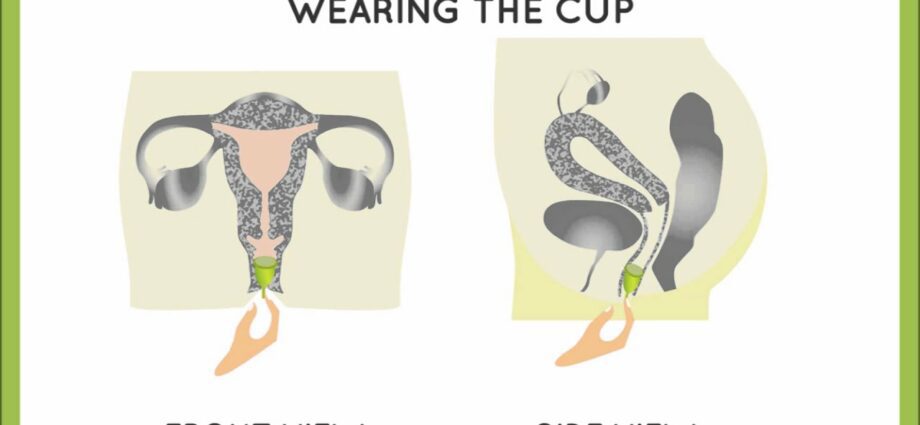Contents
Menstrual cup: how to put on and take off a cup?
The menstrual cup, or cup, is increasingly popular, especially among young people. This ecological periodic protection seduces with its practical, economical and comfortable aspect. What is a menstrual cup and how do you use it?
What is a cup?
A cup, or menstrual cup, is a hygienic protection intended to collect the blood of the rules. It is a kind of small flexible silicone reservoir, which is introduced into the vagina. A cup can be worn for up to 6 hours in a row without being emptied. After this time, it is recommended to take it out and empty the blood, in order to avoid any infection. You just need to rinse it with clean water, then put it back in place. The cup can be worn at night, at the pool, or even during sport. Logically, there can be no leaks: the cup is placed in the vagina, against the walls, and its shape prevents it from slipping, falling or moving. In fact, the blood is contained at the bottom of the receptacle and is not supposed to flow or overflow if it is changed regularly enough.
Who is the cup for and who can wear it?
There is no age limit for wearing a menstrual cup. Thus, young girls, even nulliparous, that is to say women who have not had children, can put a cup. In this case, we advise women, and especially teenage girls, to turn to a small model, while the larger models will be aimed more at women who have already given birth. In fact, all people with a vagina and having their period can wear a cup, by adapting the size of the model accordingly. That being said, since you need to insert one or two fingers into her vagina, it is best to be comfortable with your body and anatomy. You can buy your cup in drugstores, in supermarkets and especially organic stores, or on the Internet.
The menstrual cup: instructions for use
Before using your cup, it is essential to sterilize it with boiling water. To do this, immerse it for about twenty minutes in a saucepan. This will effectively kill bacteria and make your cup usable internally. Then, after washing your hands, insert it into your vagina, during or a few hours before your period. During the period of use, clean it after each removal, and at the end of the cycle, sterilize it completely again before keeping it in a dry and dust-free place, such as a cloth bag. or a closed pocket.
How to insert and remove a cup?
There are several techniques for inserting your menstrual cup. The best is to find the one that suits you the most. First, choose a comfortable position: lying on a bed with your legs like a frog, or standing with one leg raised, etc. Then, the idea is to fold the cup between your fingers, in order to flatten it and thus be able to put it in place. Then, hold it firmly with your two fingers, such as your thumb and forefinger. Gently insert it into your vagina, then let it “open” by unfolding to its original shape. Once worn, it should not be annoying, and only the small silicone tip should protrude from the vagina, in order to be able to remove it.
To remove it, pinch the base of your cup to draw air. Then, pull gently, without forcing, until the suction cup effect disappears and it descends on its own.
What are the benefits of the menstrual cup?
The menstrual cup has a strong ecological advantage. Indeed, it considerably reduces waste, compared to disposable tampons or towels. In principle, a cup can be kept for several years (up to 5 years), and costs less in the long term than single-use protections. It is also small and comfortable, and can be worn, like tampons, even at the beach, with low-cut underwear, etc. Finally, some large models can collect a large amount of blood, which is useful for people who have a heavy flow and do not want to have to change protection too often.
What are the dangers of wearing the cup?
As with all other hygienic protections, there are certain dangers associated with wearing the cup, in particular toxic shock syndrome. This syndrome, which has received a lot of media coverage but on which the scientific community does not always agree, is a rare infectious disease which is spreading, caused by an overgrowth of bacteria in the blood, and can have serious fatal consequences or no. Indeed, due to the humid climate of the vagina, and once the cup is in place, the large air intake, these conditions promote the growth of staphylococcus, which is responsible for the infection, and the production of the toxin . To avoid these dangers, it is recommended to never wear a cup for more than 6 hours in a row without removing it, as with tampons.










